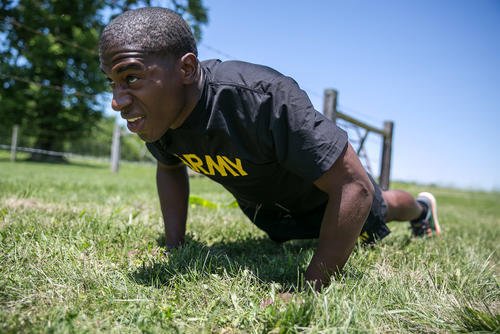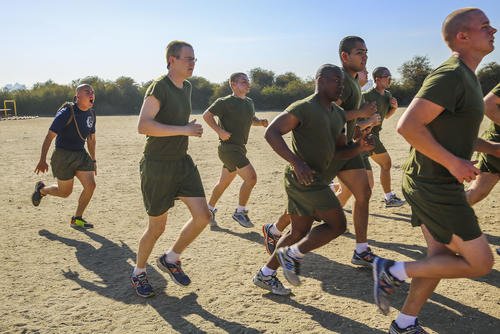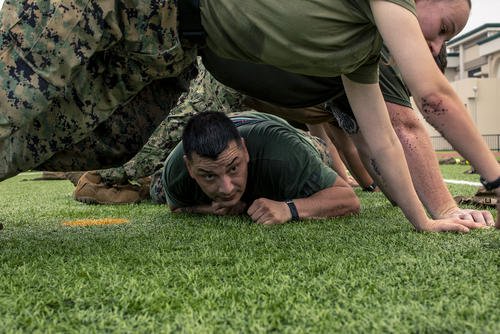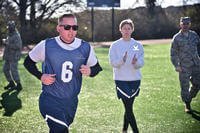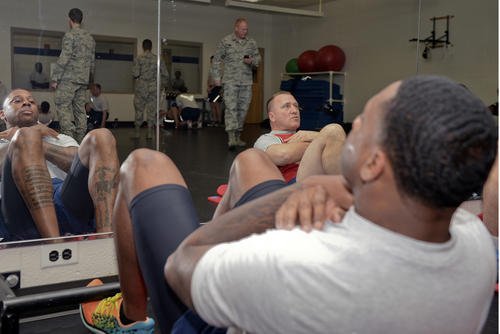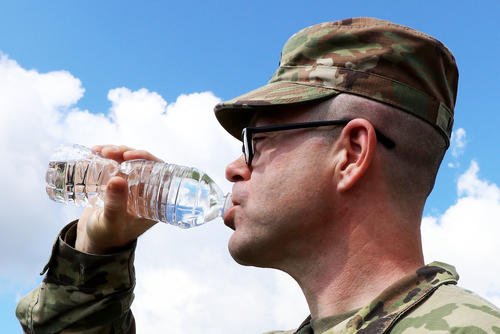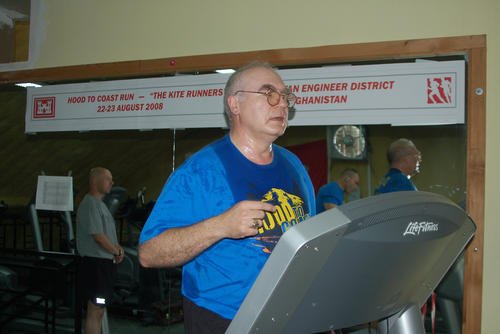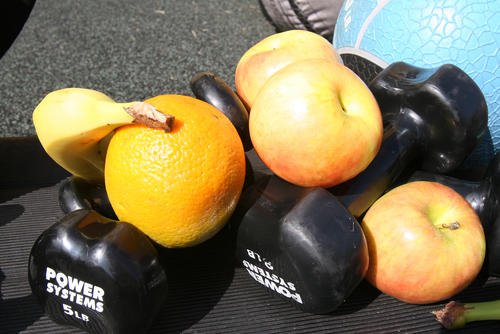In a physical activity study that collected data from more than 300,000 participants for decades, those who started adding physical activity or exercise to their lives later in life (after 40 to 50 years) reaped the same benefits as those who never stopped working out from their teens to their 60s.
So that proves it: It is never too late to start, whether you took a few decades off from exercising after your early 20s or are entirely new to physical activity at 40 to 50 years old.
Start Your Fitness Journey at Any Age
Starting an exercise routine might feel overwhelming because there are so many options, and none may sound fun -- yet. If you've considered a renewed path to improved fitness, rest assured that the benefits are well worth the effort. Physical activity is not just a way to shed a few extra pounds or fit into a favorite pair of jeans. It's about enhancing your quality of life as you age to continue doing things you enjoy, or have to do. You must keep your leg muscles strong if you want to be mobile. Get out of that chair and start walking.
Research shows regular exercise can dramatically boost mood, strengthen muscles and bones and improve heart health. If you have ever been on a fitness program, you did not need a research study to tell you this. But the beauty of beginning (or restarting) this fitness journey after age 40 is that regardless of your past physical plan or lack thereof, the health benefits and improved mortality rates apply.
However, for those who were an athlete in their younger life and have been sedentary since their early 20s, the 20-40 years of inactivity placed you in the same category as those who never did physical activity. The key is to get moving again (or start) in your 40s if you want to walk, live longer and put off the dangers of heart disease, cancers or other chronic illnesses beyond 60-70 years of age.
So Many Options. Experiment with Many.
When it comes to incorporating weightlifting into your routine, it's important to remember that you don't need to join a gym. Beginning with light weights, even 5-10 pounds can help strengthen your muscles. Resistance bands are an excellent alternative, offering versatility and ease of use at home.
Start with simple exercises that target major muscle groups. This could include squats, push-ups, overhead presses, biceps curls, triceps extensions or seated rows. These basic exercises are all you need to build stronger muscles and bones at any age. If you like to lift heavier weights, buy more weight equipment or join a gym with machines, dumbbells and free weights.
If weightlifting is not appealing, calisthenics presents another invigorating option. Using your body weight for resistance, exercises such as squats, lunges, push-ups, walking stairs and planks can be performed anywhere and require no special equipment. As a beginner, you can alter these movements to suit your current abilities with knee push-ups, holding onto something for squats and lunges or doing knee plank poses.
The beauty of calisthenics is that you can progress gradually, gaining strength and confidence with each session. Calisthenics is an excellent choice for resistance training. If you have ever seen an 80-year-old person drop down and crank out 20 push-ups, it is impressive and should give you hope for moving into your later years. Also, if you have ever seen an 80-year-old person unable to stand up from a chair, it should caution you about what not exercising can do to your body and quality of life in the future.
Start with Group Classes or Home Videos
For those of you intrigued by the calming practice of yoga, consider joining a beginners class. Yoga not only enhances flexibility but also promotes mental wellness. Look for classes labeled as "gentle" or "beginner-friendly," as these are tailored to newcomers who wish to build a foundation of the basic poses and breathwork without feeling overwhelmed.
Another idea is to take group classes with others who share your goals of becoming more fit and healthy. The group offers social activity and a source of motivation to attend. The energy of exercising alongside others can change the experience and help you become part of a community that enables you to stay consistent.
Finally, don't overlook the potential of walking around the neighborhood or yard work as exercise. Gardening, raking leaves or mowing the lawn can be surprisingly effective workouts. Not only do you get to enjoy the fresh air and sunshine, but you also cultivate a sense of accomplishment -- both physically and mentally.
If nothing so far is appealing to you, at least start walking. Walking is perhaps the most accessible exercise, and its benefits are immense. Aim for at least 30 minutes daily, whether through daily strolls in your neighborhood, a park, steps in your home or even your backyard. Walking keeps your cardiovascular system healthy, aids in weight management and offers a simple way to build a sustainable routine. Breaking up walking into 10-minute segments after each meal transforms how your body processes food and helps with blood sugar regulation.
The ultimate goal is to enter the next decade healthier than this one. Create a realistic exercise schedule that accommodates your lifestyle. Start small and gradually increase the duration and intensity of your workouts. Listen to your body and find something you enjoy, as that makes consistency happen. Consistency is key.
Unleash your full health and wellness potential and join a new fitness program! Whether you're interested in weightlifting, yoga or simply taking walks, there's something for everyone. Check out the articles at the Military.com fitness section for inspiring insights and strategies to enhance your health and wellness.
Want to Learn More About Military Life?
Whether you're thinking of joining the military, looking for fitness and basic training tips, or keeping up with military life and benefits, Military.com has you covered. Subscribe to Military.com to have military news, updates and resources delivered directly to your inbox.







